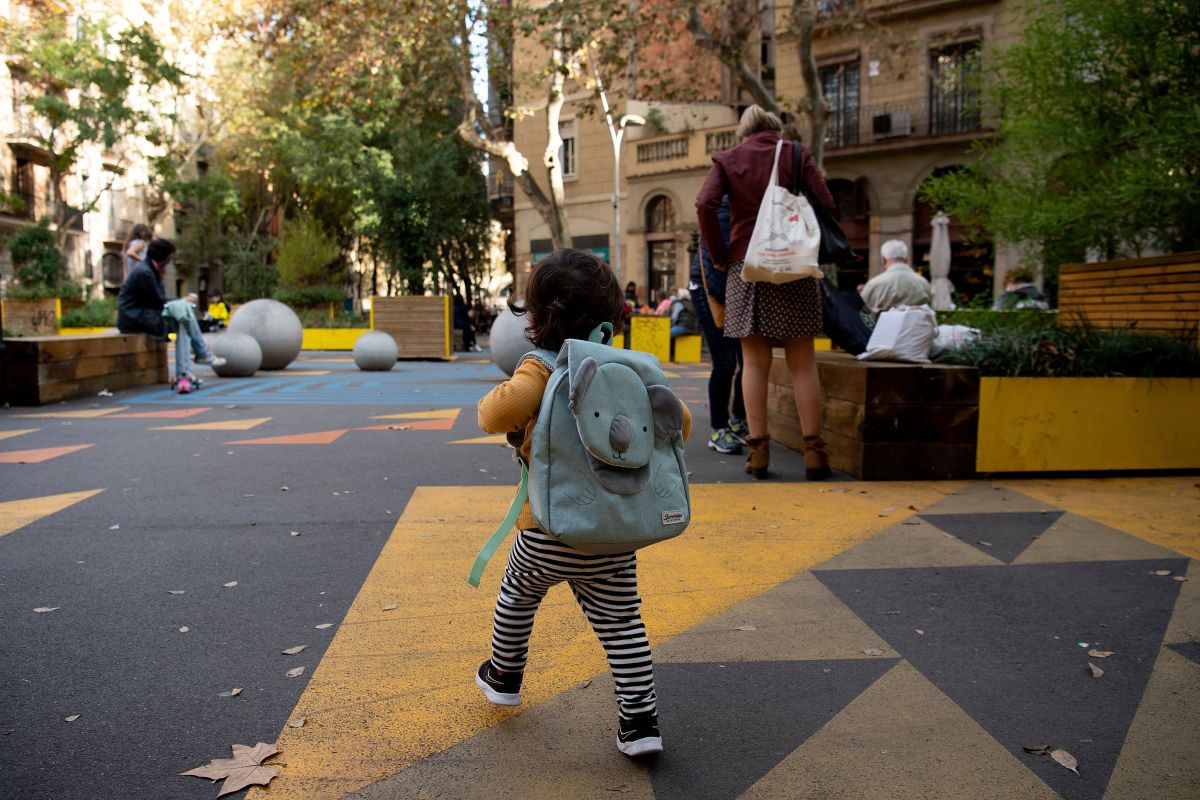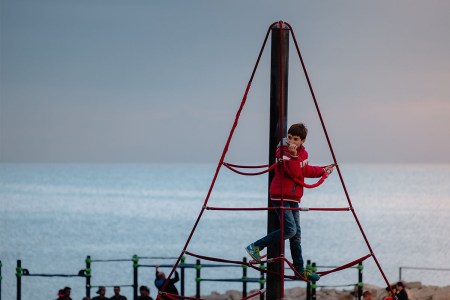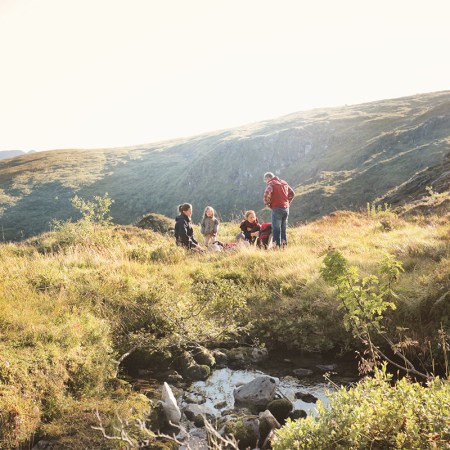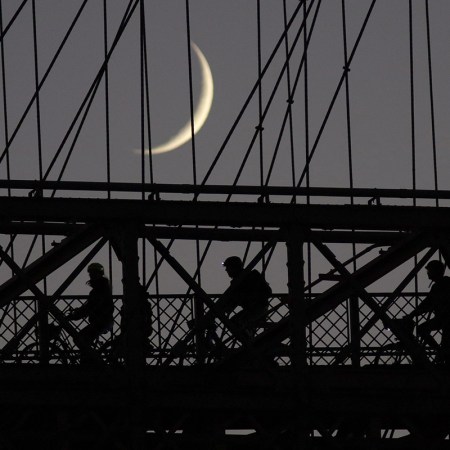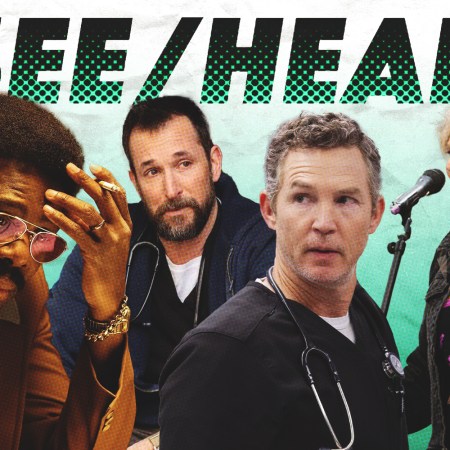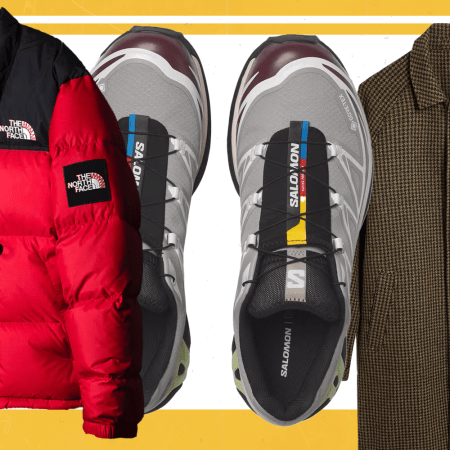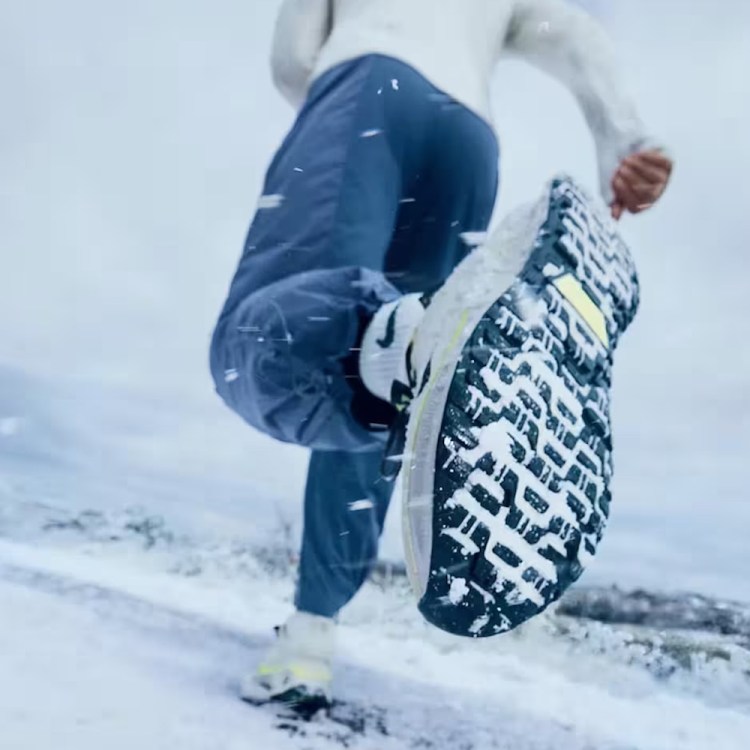“Kids don’t play anymore” is now a fairly common complaint from aggrieved parents online, who like to contrast their swashbuckling tween years with the hours that Gen Z and Alpha spend on the couch, glued to screens.
It’s somewhat of a shaky argument, not least because many adults wistfully characterize their former selves as Huck Finns who spent every free moment outside building forts, inventing games and running from trouble. Their tone can sometimes presuppose that today’s kids exist in a similar ecosystem and are making the easier/lazier choice by staying inside.
Look, kids play less in 2022 than they did in 1982, there’s no doubt. One estimate puts them at 35% less time outside than their parents. But they’re operating within a framework that those very parents have laid out for them. These days, “play” is solely associated with school recess or organized sports, while technology is readily available and, in the eyes of children, totally permissible. (Remember that study on parents who only spend 24 more minutes of quality time with their kids than their phones?)
Most importantly, though, everyone agrees it’s too dangerous to play outside anyway — especially in suburbia, once the hallowed stomping grounds for cops and robbers, stickball and soapbox derbies. Parents list the “safety of local streets” as their primary concern in discouraging play.
For nearly 20 years now, experts have been sounding the alarm on the consequences that this emerging disconnect might usher in — from obesity to loneliness to something called “nature-deficit disorder” — but play hasn’t made much of a comeback. And why would it? Parents don’t think the streets are any safer, and they’re right. According to a recent Bloomberg report, “Unlike most developed nations, U.S. roadways have grown more deadly during the last two decades (including during the pandemic), especially for those outside of cars. Last year saw the most pedestrians killed in the U.S. in 40 years, and deaths among those biking rose 44% from 2010 to 2020.”
A few things need to happen here. For starters, adults need to either stop blaming kids for playing less (especially if they’re part of the contingent of adults telling kids to play less), or trust their kids to capably play for a few hours. Mistakes happen, knees are scabbed. So long as they’re accustomed to crossing roads and looking out for each other, they should be fine. This “parenting practice” is now referred to as risky play.
Is “Risky Play” Right for Kids? Parents Are Fighting About It Online.
For some, monkey bars are worth the threat of a broken armSecondly, adults need to advocate for neighborhood designs that prize safety and sustainability, instead of simply worshipping automobiles. The best way forward here could include a concept known as “superblocks,” which have become popular in Spain. They’re sections of blocks designated for mixed-use public space, where car traffic is all but banned.
Superblocks reduce a reliance on automotive travel, encourage use of bikes, create room for greenspace and reduce heat and noise pollution, essentially creating a mini campus of sorts, where locals can live better and (according to many studies) legitimately live longer.
Even quiet streets in the States have to deal with “rat running,” in which cars, mopeds and even trucks use the lanes as shortcuts in order to merge with a larger, busier artery. Because the drivers have places to be, and feel empowered to blow off residential speed regulations, front yards can turn into mini interstates. The problem has only been exacerbated as exurbs have exploded across the nation.
But imagine if an entire neighborhood were cordoned off by a series of clever design features that allow pedestrian and bicycle traffic to get in, while stiff-arming automobiles. Think: diagonal filters, open cul-de-sacs, pocket parks. Cars and delivery trucks could still get in, though likely through specialized bollards. You would still be able drive to your home (it’s not like the roads are getting ripped up in favor of grass), but you’d have to proceed with extreme caution.
Obviously, if you’re used to hopping in your car and rushing somewhere once a day, this might not sound all that appealing. But living in a superblock would also force you to to interrogate your relationship with your car. Do you always need to use it? Perhaps you could be on a bike for some of your errands? And how nice would it be to sleep quietly or breath freely on a street that doesn’t have cars constantly careening by? That’ll likely have a nice little impact on your property value, too.
And if you’re a parent, what an opportunity this represents for a kid. These sorts of neighborhoods would naturally attract other young families, and despite their progressive design, actually function as a throwback to a time when running around outside was expected and encouraged. Just put that superblock near a river, and the country’s Huck Finns will be back up and running in no time.
The Charge will help you move better, think clearer and stay in the game longer. Subscribe to our wellness newsletter today.
